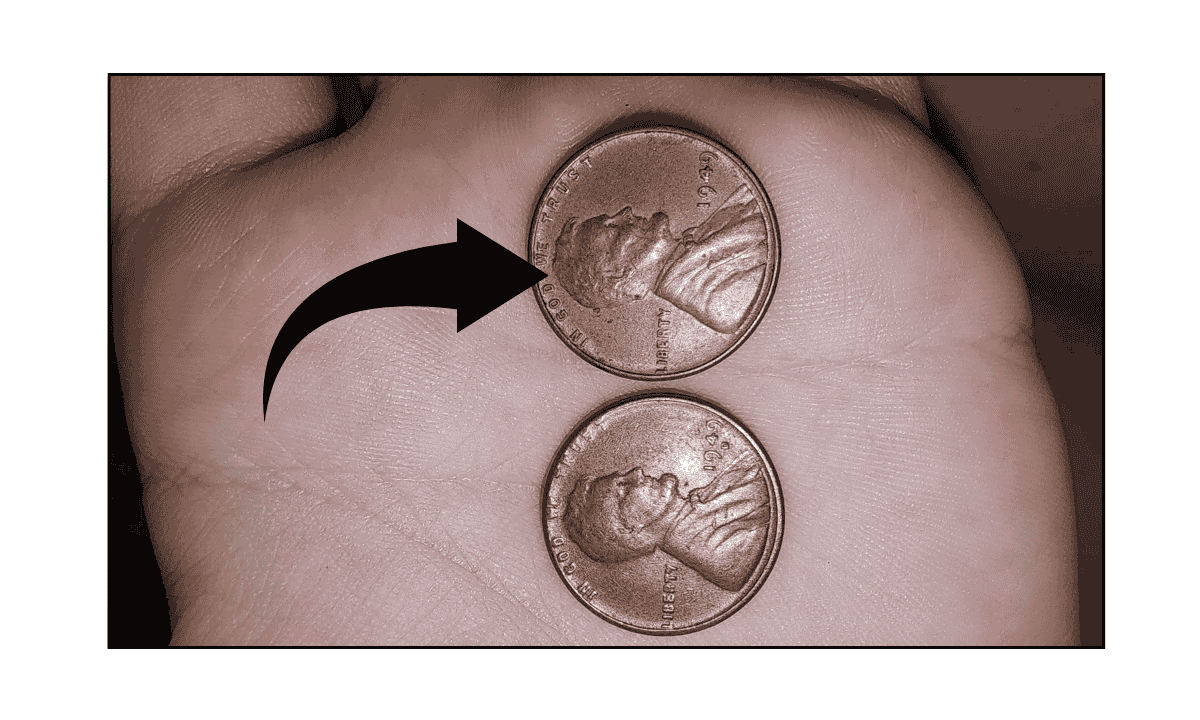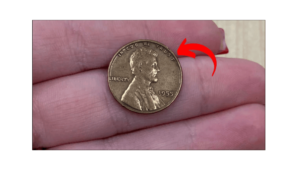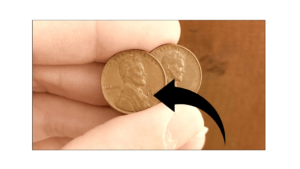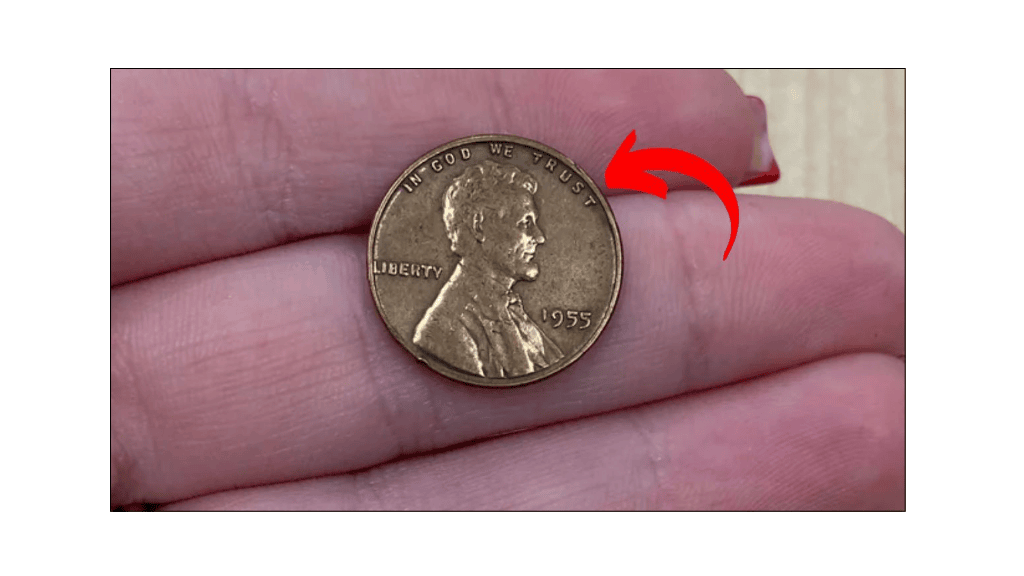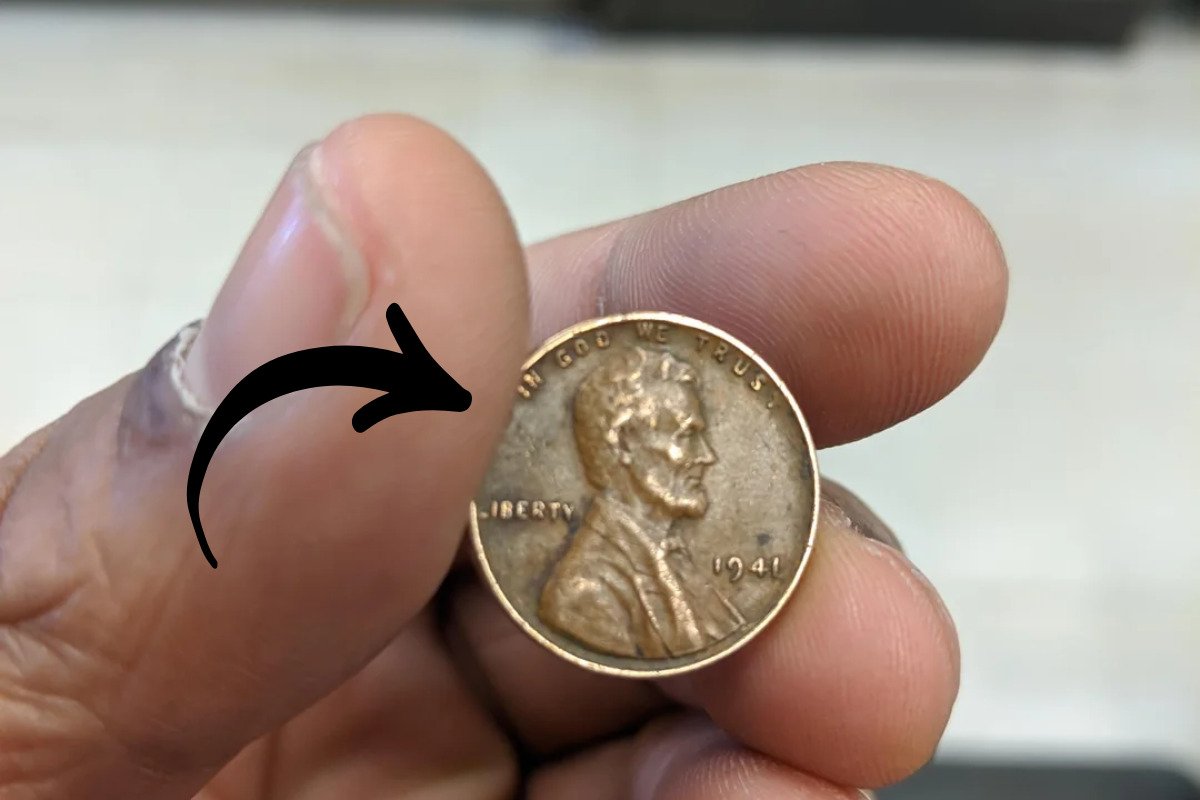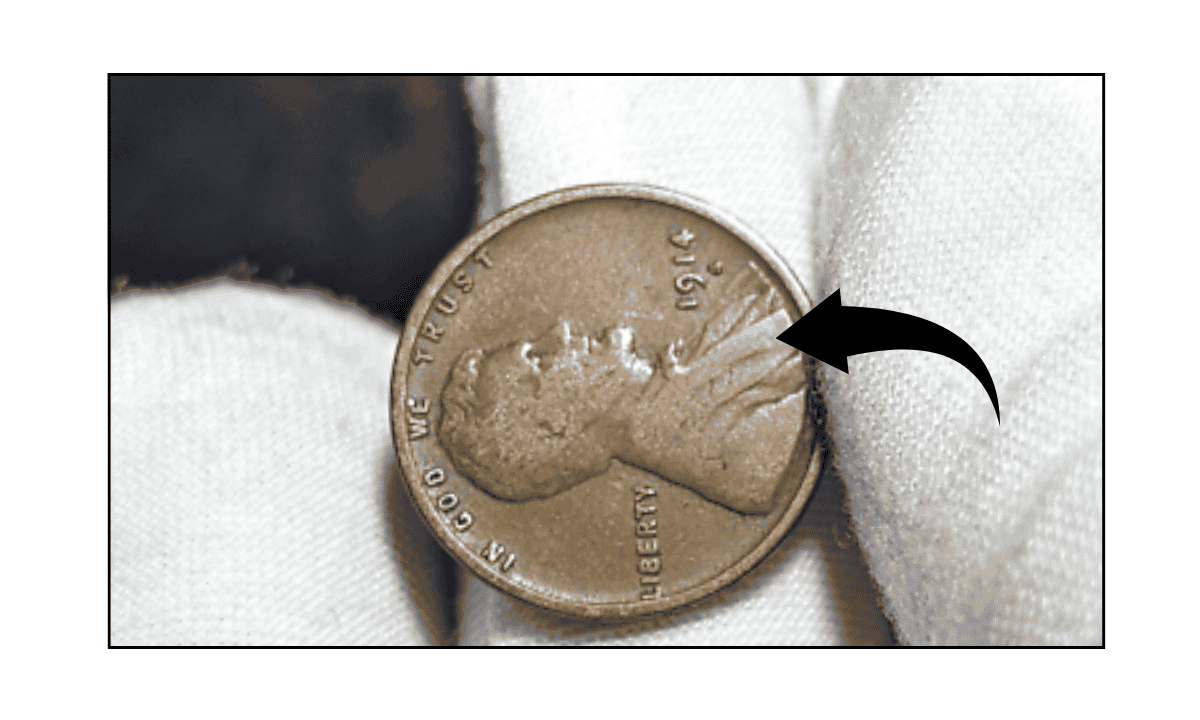When it comes to rare U.S. coins, the 1943-D Bronze Lincoln Cent is one of the most mysterious and highly sought-after. Just like the 1944 steel cent, this coin wasn’t supposed to exist. It was created by mistake during a major wartime change in U.S. coin production. Only a few exist today, and one of them sold at auction for an incredible $840,000.
Let’s understand why this coin is so rare, how to check for fakes, and how to know if you might have one.
Why Was the 1943-D Bronze Cent Made?
In 1943, the U.S. Mint switched from using copper to zinc-coated steel for pennies. This was done to save copper for World War II supplies like bullets and wire. All pennies that year were supposed to be made on steel planchets.
But at the Denver Mint, a few leftover bronze planchets (copper-based metal) from 1942 were accidentally used. These rare copper blanks were struck with 1943-D dies, creating a huge minting error.
That’s how the 1943-D Bronze Wheat Penny came into existence—completely by accident.
How Rare Is the 1943-D Bronze Penny?
Extremely rare. Only a very small number of these coins are known to exist, and they generate a lot of interest from collectors. Because they look like regular copper pennies, they’re also often targeted by counterfeiters.
That’s why it’s important to always have such coins authenticated by professional coin graders like PCGS or NGC before buying or selling.

How Much Is It Worth?
One 1943-D bronze cent graded MS64 (Mint State 64) sold at auction for $840,000 in 2021. That price reflects its rarity, historical value, and excellent condition.
Even lower-grade versions of this coin are worth hundreds of thousands of dollars.
How to Tell If You Have a Real One
The first test you can do at home is the magnet test:
- Hold a magnet near the coin.
- If it sticks, it’s steel (and likely not the rare one).
- If it doesn’t stick, it might be bronze.
But remember: some fake coins are steel with a copper coating. So this test isn’t 100% foolproof. Always have the coin checked by a grading service for full authentication.
Also, check the mint mark under the year. The rare coin should have a 1943 date with a small “D” mint mark below it, indicating it was made at the Denver Mint.
The 1943-D Bronze Lincoln Wheat Penny is one of the most exciting error coins in U.S. history. Born from a simple minting mistake, it has become one of the most valuable Lincoln cents ever sold, reaching a price of $840,000.
If you think you’ve come across a 1943 penny that looks like copper instead of silver steel, don’t ignore it. It might be a once-in-a-lifetime discovery.
FAQ’s
What is the 1943-D bronze cent?
The 1943-D bronze cent is a rare error coin made when leftover copper planchets were accidentally used during the transition to steel pennies in 1943 at the Denver Mint.
Why is the 1943-D bronze penny so rare?
It’s rare because nearly all 1943 pennies were made of steel. Only a few bronze planchets were mistakenly used, making this coin extremely limited and valuable.
How much is a 1943-D bronze cent worth?
One example graded MS64 sold for $840,000 in 2021. Even lower-graded examples can sell for hundreds of thousands of dollars.
How can I tell if my 1943-D penny is bronze or steel?
Try the magnet test. If the coin doesn’t stick to a magnet, it might be bronze. But be cautious—some steel coins are copper-coated fakes. Always get professional authentication.
Should I get a 1943-D penny authenticated?
Yes. Because this coin is heavily counterfeited, it’s essential to have it verified by a reputable grading service like PCGS or NGC.
